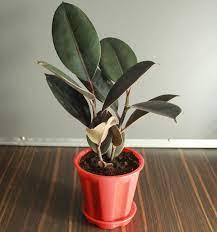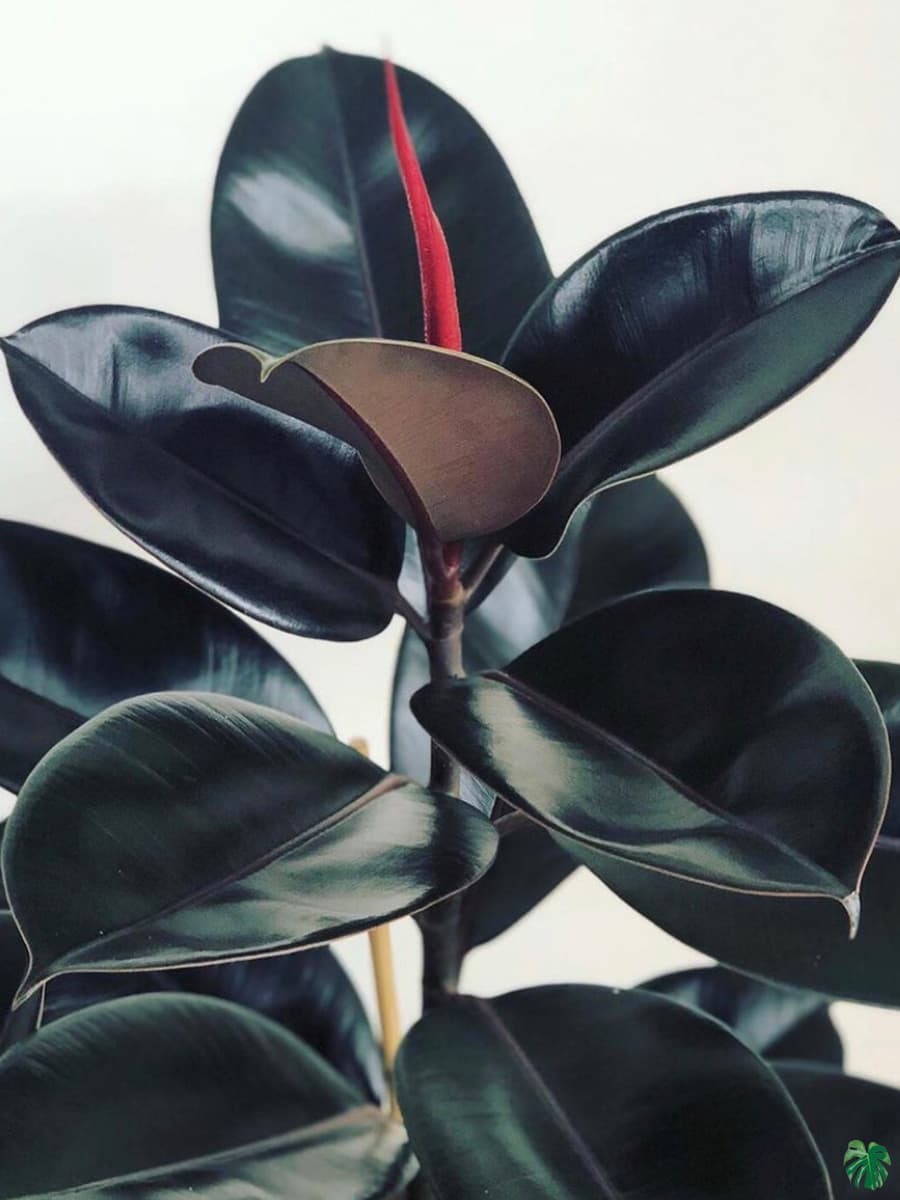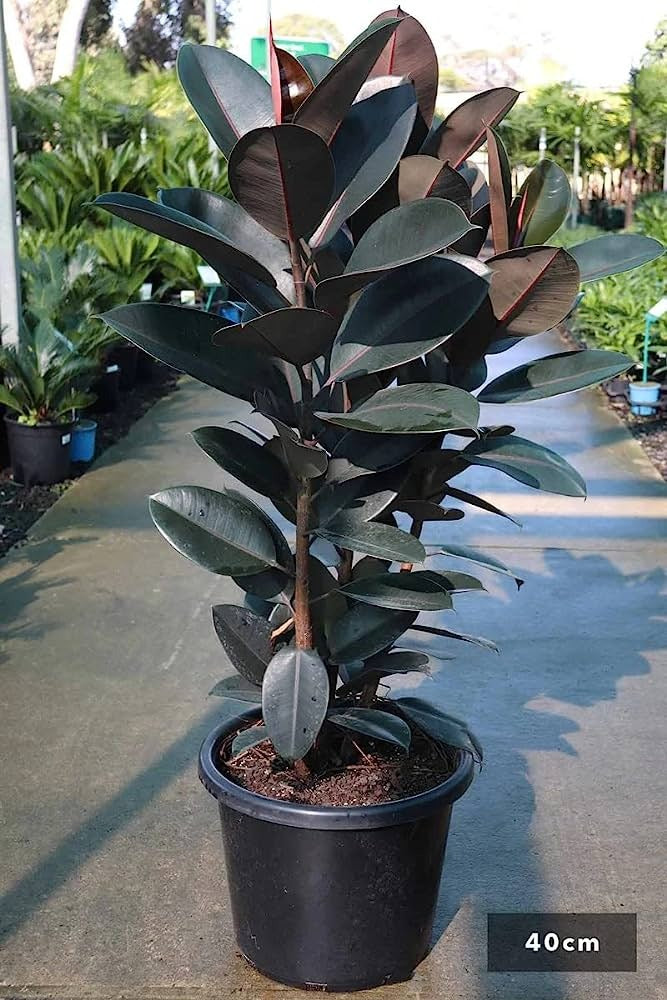Plantparadise
Rubber Plant
Rubber Plant
Couldn't load pickup availability
The Rubber Plant, also known as Ficus elastica, is a popular and attractive indoor plant that belongs to the genus Ficus. It is native to Southeast Asia, particularly India, Indonesia, and Malaysia. This plant is well-regarded for its ease of care and ability to thrive in indoor conditions, making it a favorite among both novice and experienced plant enthusiasts.
Here's a description of the Rubber Plant:
-
Appearance: The Rubber Plant is a sturdy and upright evergreen tree that can grow up to 100 feet (30 meters) tall in its natural habitat. However, when grown as an indoor houseplant, it usually remains much smaller, typically between 2 to 10 feet (0.6 to 3 meters) in height.
-
Leaves: The most striking feature of the Rubber Plant is its large, glossy, and thick leaves. The leaves are usually elliptical or lance-shaped and have prominent veins. When the leaves are young, they have a reddish-brown color and gradually turn dark green as they mature. Some varieties may have variegated leaves with patterns of cream or white.
-
Growth: Rubber Plants are relatively slow-growing, but they can become quite bushy over time. With proper care, they can live for several years and become excellent indoor focal points.
-
Light requirements: These plants prefer bright, indirect light. While they can tolerate some shade, too little light may lead to leggy growth and reduced leaf coloration. Avoid placing them in direct sunlight as it can scorch the leaves.
-
Watering: Rubber Plants prefer a consistent watering schedule. Allow the top inch (2.5 cm) or so of the soil to dry out before watering again. Overwatering can cause root rot, so it's essential to ensure proper drainage.
-
Humidity: These plants enjoy higher humidity levels, but they can tolerate average room humidity. Regular misting or using a humidity tray can be beneficial, especially in dry indoor environments.
-
Temperature: Rubber Plants prefer temperatures between 60-75°F (15-24°C). They can tolerate slightly cooler temperatures but should be protected from cold drafts and sudden temperature drops.
-
Soil: Well-draining and rich potting mix is ideal for Rubber Plants. A mixture of peat, perlite, and vermiculite or a good-quality commercial potting mix should work well.
-
Pruning: Pruning can help shape and control the growth of the plant. You can trim back overgrown stems to promote a bushier appearance.
-
Toxicity: While Rubber Plants are beautiful additions to indoor spaces, it's essential to note that their sap can be mildly toxic. It's best to keep them out of reach of curious pets and children.
With proper care, the Rubber Plant can be a long-lasting and visually striking addition to any indoor space, providing an appealing tropical touch to your home or office decor.
Materials
Materials
Shipping & Returns
Shipping & Returns
Dimensions
Dimensions
Care Instructions
Care Instructions






